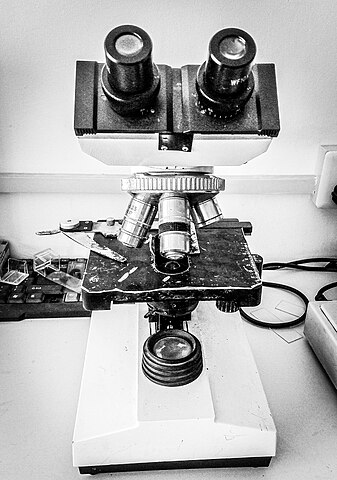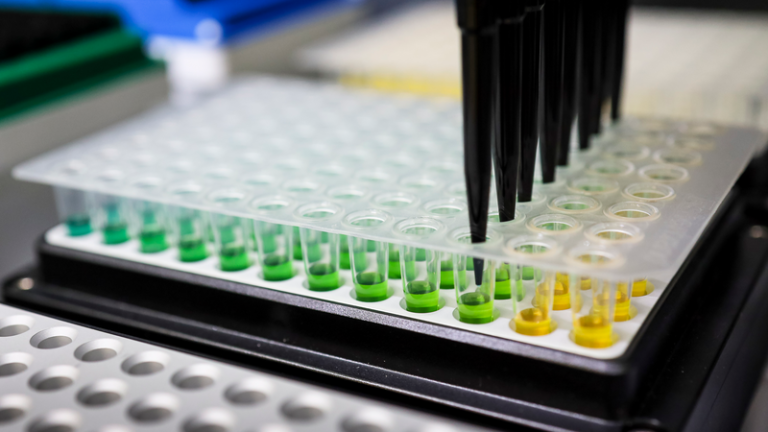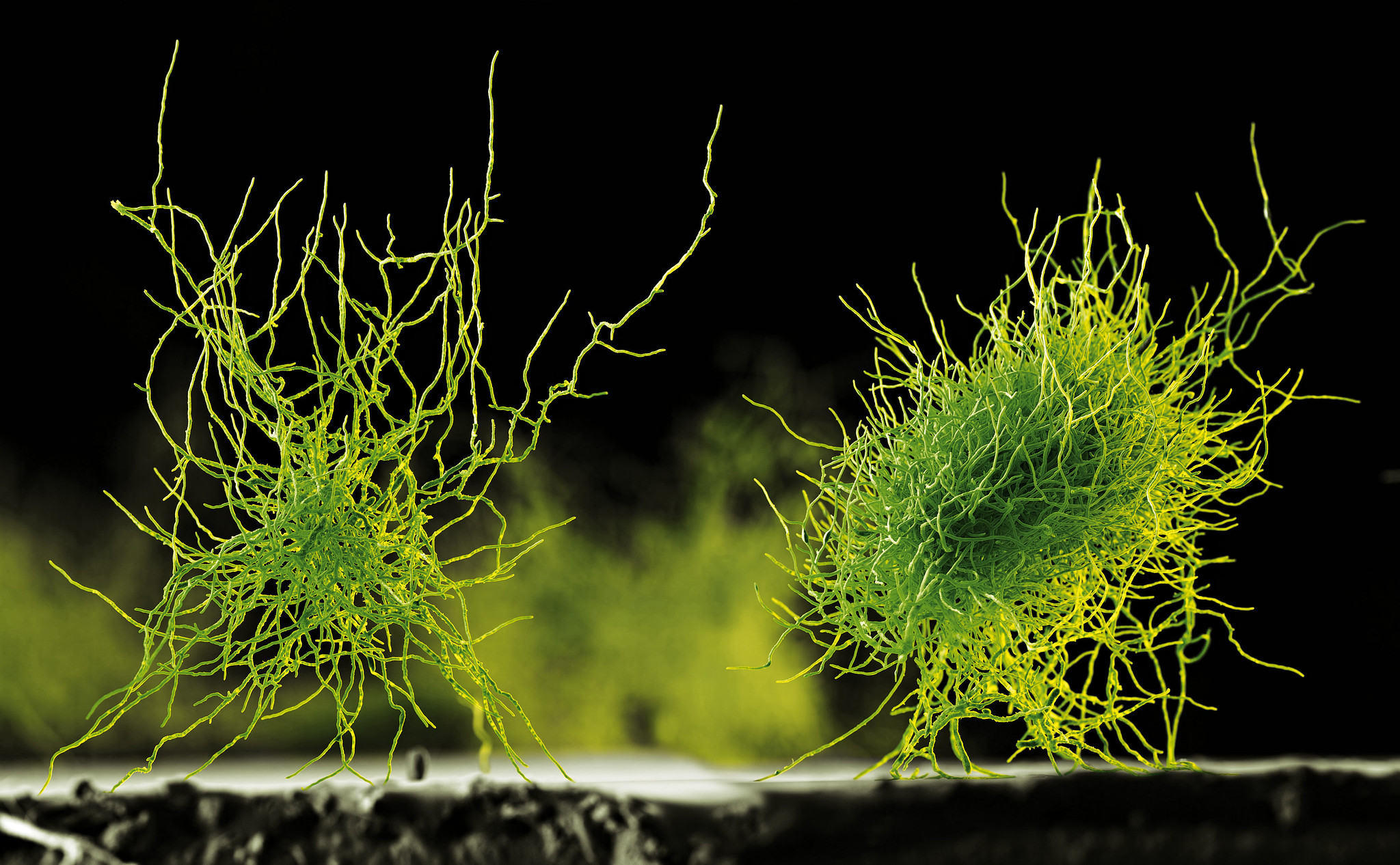News
Few micro-organisms modified by Crispr are already on the market
Does the European Commission want to deregulate GMO micro-organisms modified by new techniques, as it has proposed for plants? While the answer is not yet known, European expert committees are mobilized to produce the documents that may be required for a legal initiative by the Commission. In a report published at the end of 2023, the European Food Safety Authority announced that it had carried out a horizon scanning of existing micro-organisms genetically modified by new techniques. Its findings? A « growing worldwide adoption of NGTs in producing GMMs for application in the food and feed sectors » would be going on…

There are eleven bacteria, 22 yeasts, one endophytic fungus (living symbiotically inside plants) and one micro-algae. These 35 micro-organisms identified by the European Food Safety Authority (EFSA) are either in the pre-commercialization phase or, in the case of a minority, already on the market. They have been genetically modified via protocols using new genetic modification techniques1. The main tool used? The Crispr/Cas protein complex, in 33 out of 35 cases. At a time when companies are increasingly lobbying the European Commission to deregulate their GMMs2, in the same way as the Commission is proposing for plants, this horizin scanning was actually requested from EFSA by the European Commission. It is a mandatory step if such deregulation is to be proposed.
GMMs that can be released into the environment
To carry out its research, EFSA chose to define “new genomic techniques” as “techniques that can alter the genetic material of an organism, developed after the publication of EU Directive 2001/18/EC”. Thus, for example, EFSA did not look at micro-organisms obtained by “classical mutagenesis”, according to its own words3. Similarly, EFSA has not studied cases where GMMs are used as a manufacturing plant for products such as food additives, which should not (except by accident) be present in the final preparation. These GMMs, on which Inf’OGM published an investigation (in french) in 2023, can be obtained by various techniques, but must, legally speaking, be absent from the final product4.
For its horizon scanning, EFSA has therefore only looked at cases where GMMs have been obtained by new modification techniques and are present, either as such, or their genetically modified sequences, in the marketed product. Examples include cultures of micro-organisms used to transform raw materials with prior heat inactivation (mainly for alcoholic fermentation), biomass protein preparations, cell extracts, live cultures, etc.
After some difficult research due to the limited information available (see box), the European authority has identified 35 GMMs5. Some of these are GMMs used to manufacture additives for food or feed, but for which the purification stage may be incomplete, leading to the presence of modified genetic sequences in the marketed product. Other GMMs are intended to be marketed directly as such, either in the field or via food. One example is a GM bacterium already marketed in the USA by Pivot Bio as a field fertilizer6.
A GM fungal endophyte developed by the University of Kentucky (USA) is said to be in pre-commercialization. It could be used via animal feed or directly in the environment to reduce ergot alkaloids, toxins produced by mould.
On the purely food front, there is a GM bacterium for animal feed, designed to “selectively removes unwanted bacteria (Salmonella) from animal guts”, which is already being marketed by Folium Science. A GM yeast is being developed by the University of North Carolina to increase the quantity of Beta-carotene, a yeast that can be used as a probiotic in food. Thirteen GMMs are also under development or close to commercialization for use in beer or wine production (mostly rice, in Asia).
Little risk assessment, detection under study
Of the 35 GMMs listed by EFSA, eight are indicated as already marketed and nine are in pre-marketing. But EFSA explains that “only three identified GMMs have been subjected to an authorisation process by national or international authorities, and risk assessment studies are scarcely available”! Among these rare cases of risk assessment, EFSA details that, according to Folium Science’s website, the bacteria genetically modified by this British company with the Crispr/Cas tool began, in 2023, to be assessed in Brazil “where the first stage safety assessment has approved the technology as a Non-Genetically Modified Organism.” (sic).
These GMMs obtained by new techniques of genetic modification and intended for use as such are also the subject of some attention from expert members of the European Network of GMO Laboratories (ENGL). Although these experts have been planning to look into the question of the detection and traceability of these GMMs for some time, it has been difficult to make progress in implementing the analysis work. In March 2023, it was recalled that “at the end of 2018 the ENGL agreed to provide a report on challenges of detection of GM plants, GMM and GM animals (GMA) produced by NGTs” (NGTs, New Genomic Techniques). While the report on plants has been finalised, “the one on GMM […] is not proceeding because it is awaiting legal definitions”7. This is surprising, given that the GMO regulations provide these definitions very clearly. The only explanation is that the Commission is currently considering this issue at the request of private companies in the sector. In fact, these companies are already working towards the possible deregulation of GMMs obtained using new techniques8. In June 2023, ENGL stated that the working group on “new mutagenesis techniques” had modified its mandate to include micro-organisms (and animals) and “is evaluating if the report could be extended to cover them.”9.
EFSA has collected little information
The research conducted by EFSA has come up against the lack of information available on GMMs intended to be marketed for direct consumption. The European authority points out, for example, that as early as 2021, the European Commission’s study on the commercial uses of new genomic techniques “underlined that collecting data on NGT-derived microorganisms was challenging in terms of identifying data sources”. As a result, there were few responses to the questions put to private companies, which themselves proved to be uninformative for “confidentiality reasons”.
In 2023, while EFSA’s review was underway, the same situation occured again. EFSA indicated that for the few GM yeasts marketed in the United States for brewing beer, “limited publicly available information is accessible regarding the specific risk assessment procedures conducted on these GMMs”.
A growing market
For EFSA, there is a “significant activity” in the development of marketable GMMs. While most of the marketing is done by private companies, notes the European authority, the research and development part is carried out by public bodies10. Of the 35 GMMs obtained using new techniques and identified by EFSA, eight are already on the market, all of them by private companies. The US company Berkeley Yeast Company alone markets six of these GMMs.
The conclusion drawn by the EFSA from its own report is that there is “growing worldwide adoption of NGTs in producing GMMs for application in the food and feed sectors”. This observation explains the growing mobilisation of the sector’s industries to obtain deregulation of these GMOs obtained by new techniques, along the lines of what the European Commission has proposed for plants in July 2023.
- EFSA, “Horizon scanning on microorganisms and their products obtained by new developments in biotechnology“, 22 December 2023. ↩︎
- Eric MEUNIER, « Genetically modified microorganisms to be released soon in the EU environment? », Inf’OGM, 8 December 2023. ↩︎
- The notion of classical mutagenesis is vague. Above all, mutagenesis protocols for micro-organisms differ in several aspects from those for plants, but one is of particular importance: micro-organisms multiply as cells in nature, because bacteria and many yeasts are unicellular organisms. In the case of plants, which are multicellular organisms, work on cells requires isolation and multiplication stages that do not occur naturally. ↩︎
- Eric Meunier et Christophe Noisette, « Micro-organismes OGM : l’offensive cachée », Inf’OGM le journal, N°174, janvier-mars 2024. ↩︎
- For a full list of the 35 GMMs, their characteristics and use, see note 1 on pages 44 to 65. ↩︎
- Eric MEUNIER, « Genetically modified microorganisms to be released soon in the EU environment? », Inf’OGM, 8 December 2023. ↩︎
- ENGL, « Report – 44th ENGL Steering Committee Meeting », 9 March 2023. ↩︎
- Eric MEUNIER, « Genetically modified microorganisms to be released soon in the EU environment? », Inf’OGM, 8 December 2023. ↩︎
- ENGL, « Report – 45th ENGL Steering Committee meeting », 20 June 2023. ↩︎
- List of the companies and public research institute identified by EFSA as the source of the 35 GMMs :
 In China : University of Jiangnan, Institute of Animal Science, Chinese Academy of Agricultural Sciences, National Natural Science Foundation of China, National Natural Science Foundation of China, University of Hainan.
In China : University of Jiangnan, Institute of Animal Science, Chinese Academy of Agricultural Sciences, National Natural Science Foundation of China, National Natural Science Foundation of China, University of Hainan. In South Korea : Kaist Institutes, National Research Foundation of Korea, Catholic University of Korea, Woese Institute for Genomic Biology.
In South Korea : Kaist Institutes, National Research Foundation of Korea, Catholic University of Korea, Woese Institute for Genomic Biology. In the USA : University of Kentucky, Proven40®/ Pivot Bio, Berkeley Brewing Science, Inc.
In the USA : University of Kentucky, Proven40®/ Pivot Bio, Berkeley Brewing Science, Inc. In the United Kingdom : BiomElix Guided Biotics® / FOLIUM Science. ↩︎
In the United Kingdom : BiomElix Guided Biotics® / FOLIUM Science. ↩︎














